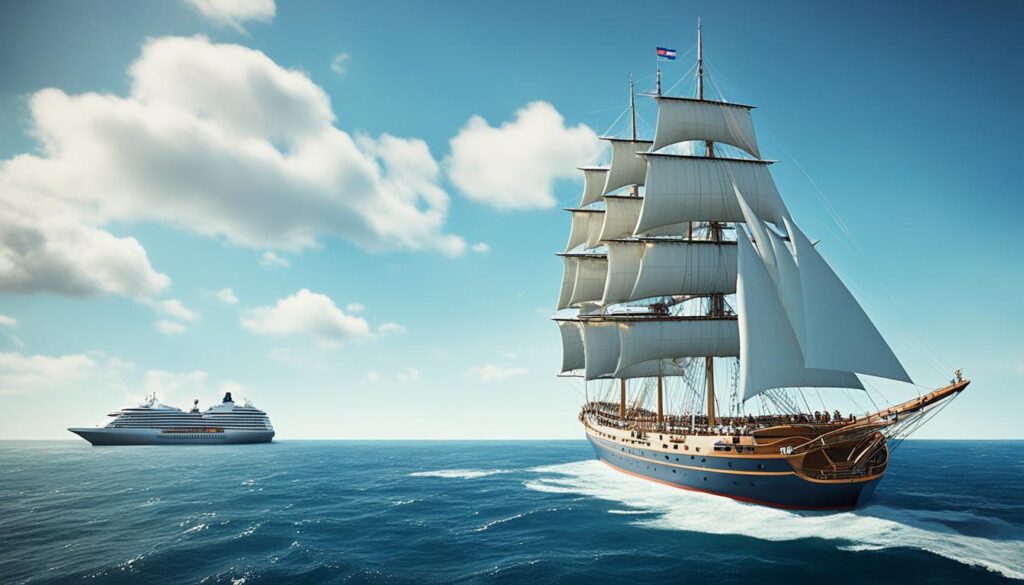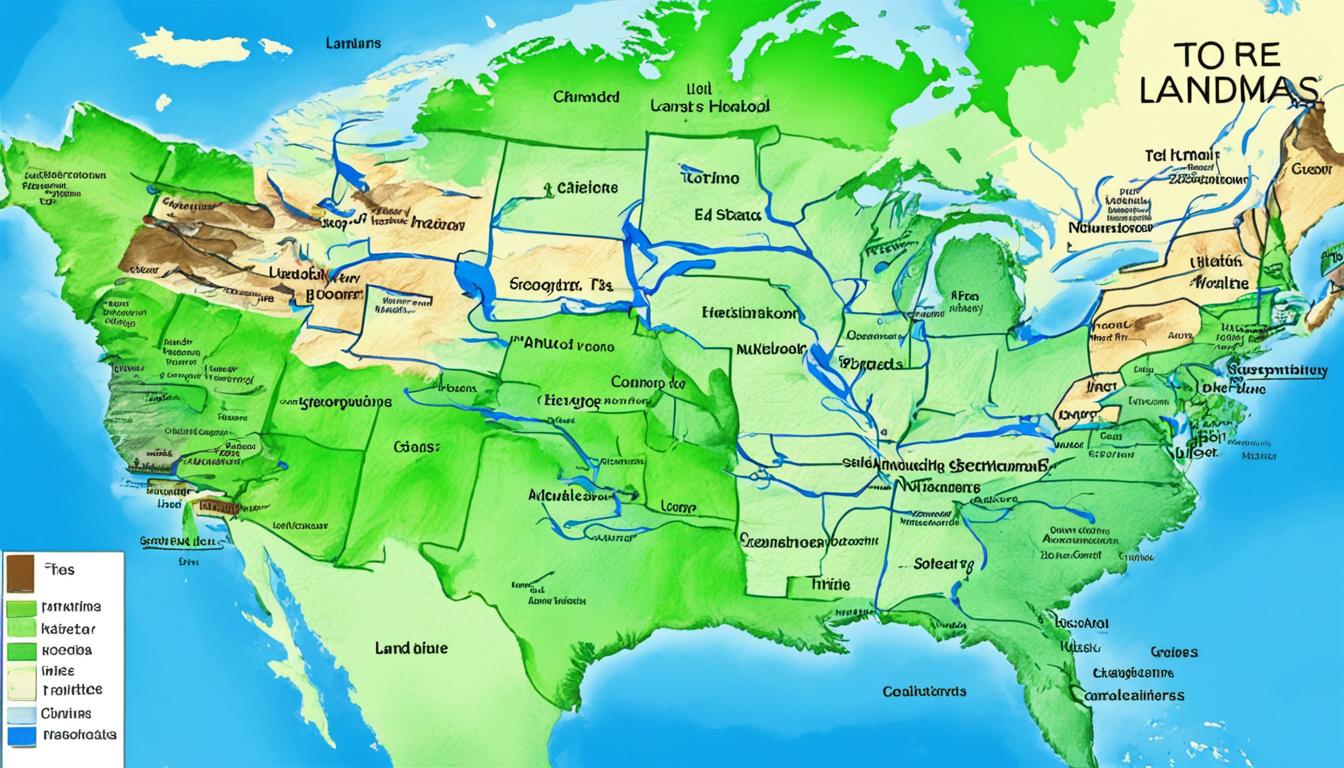Before becoming Australia, the southern continent was called New Holland. Dutch explorers in the 17th century gave it this name. They were the first Europeans to chart its coastlines extensively.
Abel Tasman, famous for discovering Tasmania, named the western and northern coasts New Holland in 1644. He was a Dutch seafarer who made significant explorations in the region.
Indigenous Australians used various names for their land before Europeans arrived. These names were in their local languages and held deep cultural significance.
Europeans believed in a southern continent they called Terra Australis Incognita. This Latin phrase means “Unknown South Land”. It was a hypothetical place in their imagination.
Dutch navigators mapped Australia’s coasts in the 1600s. This led to the continent becoming widely known as New Holland. Their explorations revealed the land’s true shape and size.
Key Takeaways
- Australia was previously known as New Holland, a name given by Dutch explorers in the 17th century
- Abel Tasman first applied the name New Holland to Australia’s western and northern coasts in 1644
- Before European arrival, indigenous Australians referred to the land by various names in their languages
- Europeans long believed in a hypothetical southern continent they called Terra Australis Incognita
- Dutch navigators charting Australia’s coasts in the 1600s led to the continent becoming known as New Holland
The Dutch Origin of the Name New Holland
The name New Holland first appeared on maps of Australia after Dutch explorer Abel Tasman charted its west coast in 1644. It came from the Dutch province of Holland. Europeans had long speculated about this southern land mass, calling it Terra Australis.

Tasman was the first European to explore Australia’s western and northern coasts. His Dutch exploration greatly improved the region’s cartography. Most European maps used the name New Holland until the early 19th century.
Despite extensive mapping, the Dutch didn’t claim any Australian territory. They also didn’t set up permanent settlements. The Dutch East India Company, which funded many expeditions, found the area unsuitable for colonization.
Dutch ships visited the coast for 200 years after their first arrival in 1606. However, they never tried to establish a lasting settlement. Their exploration was crucial for mapping, but didn’t lead to Dutch colonization.
The British Claim and Renaming of Eastern Australia
In 1770, James Cook claimed eastern New Holland for Britain. He named it New South Wales. This marked the start of British colonization in eastern Australia.
The Dutch hadn’t explored the East Coast. So, Britain faced little opposition in claiming this part of the continent.
Britain strengthened its claim by settling Sydney in 1788. This officially named the region New South Wales. The western boundary was initially set at 135° east longitude.
In 1825, the boundary was moved to 129° east. The British wanted to stop French settlement in the area.
They set up another settlement in south-west New Holland in 1826. It’s now called Albany. The name New Holland was still used for the whole continent.
In 1829, Charles Fremantle took possession of the rest of New Holland. This included all areas not part of New South Wales.
Australia’s New Holland Name Replaced by Australia
Matthew Flinders first proposed the name Australia after circumnavigating the continent in 1803. He suggested it on a hand-drawn map in 1804, preferring it over Terra Australis. The name Australia comes from the Latin word “australis,” meaning “southern.”
Governor Lachlan Macquarie endorsed the name Australia in 1817. He advocated for it to replace New Holland in an official dispatch to London. The name quickly gained popularity among locals.
By 1824, the British Admiralty began using Australia officially. British legislation first used it in 1828 to refer to New South Wales and Van Diemen’s Land. The name Australia steadily replaced New Holland in various contexts.
British colonization led to the continent adopting the name Australia. In 1900, the “Commonwealth of Australia” was formally established. It united the six federated colonies into a single nation.
Today, Australia is the official name for the entire continent and country. It’s a testament to Flinders’ early proposal and its gradual acceptance during the 19th century.

Leave a Reply